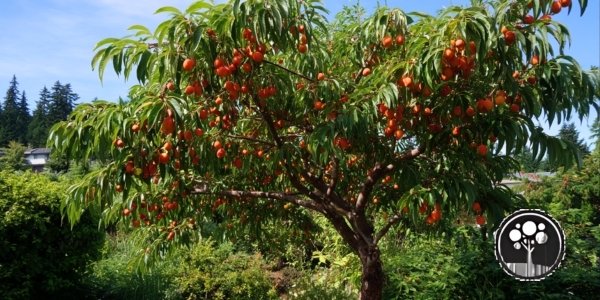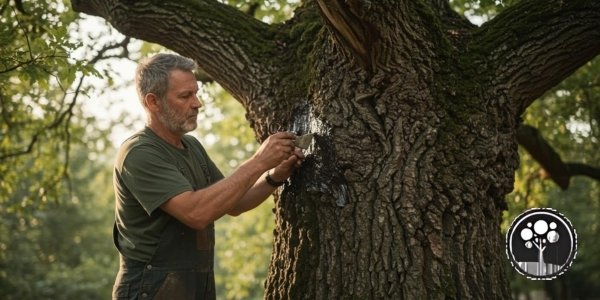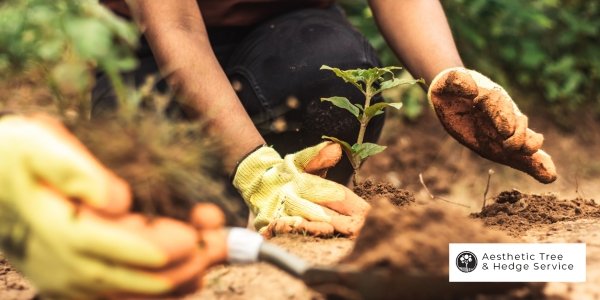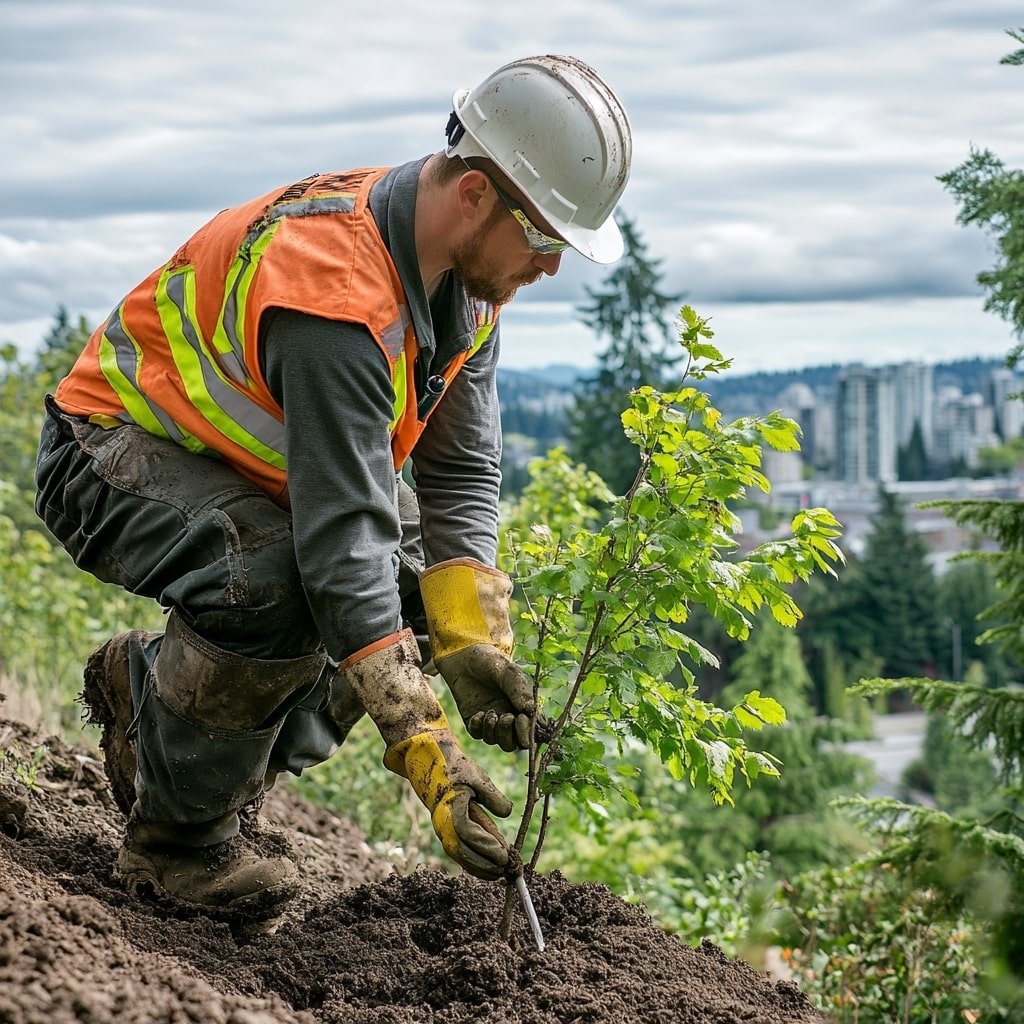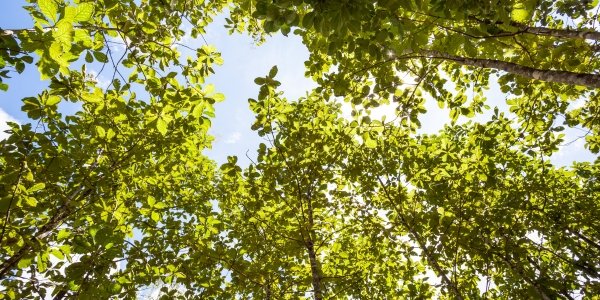Trees are invaluable assets in any landscape, offering shade, beauty, and habitats for wildlife. However, trees can suffer damage due to storms, disease, or improper pruning, leading to a weakened or uneven canopy. In these cases, tree crown restoration is an essential technique used to rehabilitate and reshape the canopy, restoring the tree’s structural integrity and appearance. This blog will explore the process of tree crown restoration, its benefits, and when it is necessary to call in a professional for help.
Understanding Tree Crown Restoration
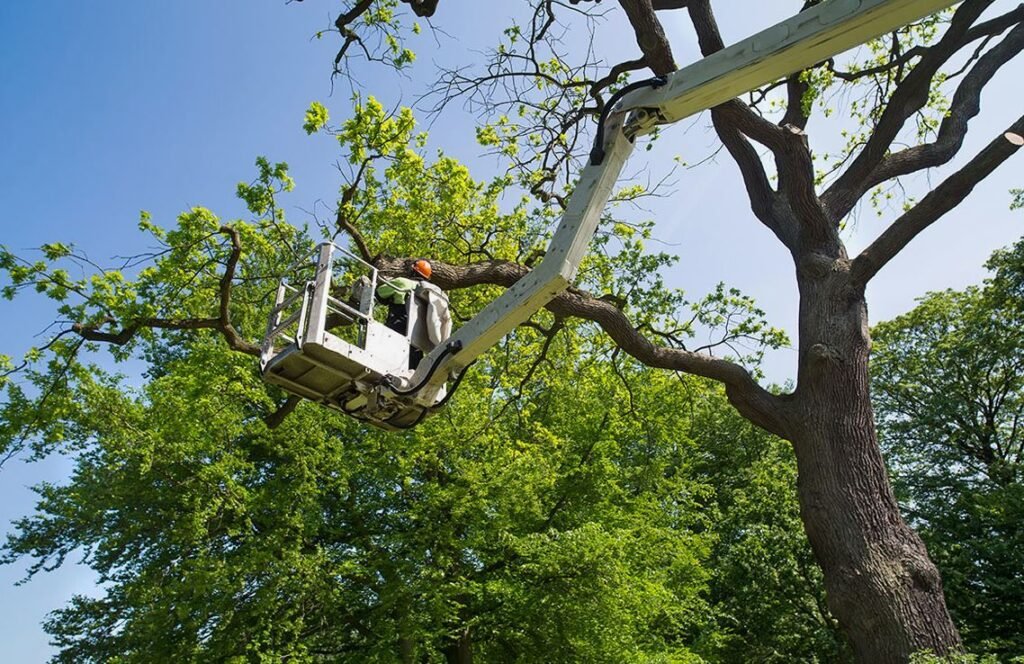
Tree crown restoration is a pruning technique aimed at improving the structure, health, and appearance of a tree after it has sustained damage. The crown of a tree refers to its uppermost section, including the branches and leaves. When this area becomes damaged or overgrown, it can affect the tree’s health, stability, and aesthetic appeal. Tree crown restoration is used to rehabilitate the tree by carefully removing dead, broken, or improperly placed branches, allowing for better growth and long-term health.
Crown restoration is typically needed when trees have experienced damage or have been pruned incorrectly in the past. Common situations where crown restoration may be required include:
1. Storm Damage
Severe weather conditions such as high winds, heavy snow, or ice storms can cause significant damage to a tree’s canopy. Branches may break or snap under the pressure, leaving behind a lopsided or damaged crown. Tree crown restoration helps remove broken branches, reduce the weight of the damaged canopy, and encourage new, healthy growth.
2. Improper Pruning
Incorrect pruning techniques, such as topping (cutting off the top of the tree), can result in weak or unstable branch growth. Topping not only compromises the tree’s structural integrity but also encourages rapid, weak regrowth that can make the tree more susceptible to disease and pests. Tree crown restoration can correct these problems by gradually reshaping the tree and promoting proper, balanced growth.
3. Decay or Disease
Trees that have experienced decay or disease often develop deadwood or weak branches that pose a threat to both the tree and surrounding structures. Crown restoration involves removing dead, dying, or diseased limbs to improve the overall health of the tree, prevent further spread of the disease, and reduce the risk of falling branches.
4. Overgrown Canopy
When a tree’s canopy becomes too dense or overgrown, it can limit sunlight and air circulation, creating an environment where pests and diseases thrive. Additionally, the weight of an overgrown crown can stress the tree’s branches, making it more susceptible to breakage. Tree crown restoration helps thin the canopy, improving air circulation, reducing branch weight, and restoring the tree’s natural shape.
The Benefits of Tree Crown Restoration
Properly performed tree crown restoration offers numerous benefits, not only to the tree itself but also to the surrounding environment. Here are some key advantages of crown restoration:
1. Improved Structural Integrity
By removing damaged or weak branches and correcting improper pruning, tree crown restoration enhances the tree’s structural integrity. A well-shaped crown reduces the risk of branch breakage, particularly during storms or high winds. This results in a safer environment for both people and property.
2. Enhanced Tree Health
Crown restoration helps improve the overall health of the tree by promoting balanced growth. Removing dead or diseased branches allows the tree to allocate its energy more efficiently, resulting in healthier, more robust new growth. Additionally, thinning the canopy improves air circulation and sunlight penetration, reducing the risk of fungal infections and pest infestations.
3. Aesthetic Appeal
A damaged or overgrown tree can negatively impact the appearance of a landscape. Crown restoration reshapes the tree, enhancing its natural form and improving the overall aesthetic appeal of your property. A well-maintained tree not only adds beauty but also increases the value of your landscape.
4. Increased Lifespan
By addressing structural weaknesses and promoting healthy growth, crown restoration can extend the life of a tree. Healthier trees are less likely to suffer from disease, decay, or breakage, allowing them to thrive for many years to come.
The Tree Crown Restoration Process
Tree crown restoration is a delicate and often gradual process. It requires a deep understanding of tree biology and careful pruning techniques to achieve the desired results without causing further damage. Below is an overview of the general steps involved in crown restoration:
1. Assessment
Before beginning the restoration process, a professional arborist will assess the tree’s overall health and structure. This assessment helps identify which branches need to be removed or pruned to restore the crown to its optimal shape. The arborist will also look for signs of disease or decay that need to be addressed during the restoration process.
2. Selective Pruning
Once the assessment is complete, the arborist will begin pruning. The goal of crown restoration is to remove damaged, dead, or diseased branches while preserving as much of the tree’s natural structure as possible. The arborist will carefully select branches for removal to ensure the tree’s canopy is balanced and capable of supporting healthy growth.
3. Gradual Restoration
In many cases, crown restoration is performed gradually over several years. Removing too many branches at once can stress the tree, making it more vulnerable to disease and pests. A gradual approach allows the tree to recover between pruning sessions, ensuring it can develop a strong, healthy canopy over time.
4. Ongoing Maintenance
After the initial crown restoration, ongoing maintenance is essential to preserve the tree’s health and shape. Regular pruning and inspections by a professional arborist will help keep the canopy balanced, prevent future damage, and ensure the tree remains healthy for years to come.
When to Call a Professional for Tree Crown Restoration
Crown restoration is a complex task that requires specialized knowledge and skills. Improper pruning can lead to long-term damage or even the death of the tree. It’s essential to call a professional arborist if:
- The tree has sustained significant damage: If a tree has been severely damaged by a storm or improper pruning, a professional will assess the damage and develop a plan for gradual restoration.
- You’re unsure how to prune: Pruning can be tricky, especially if you’re not familiar with proper techniques. A professional arborist will ensure the tree is pruned correctly and that only the necessary branches are removed.
- The tree is large or near structures: If the tree is large or close to buildings, power lines, or other structures, it’s essential to have a professional handle the restoration to avoid injury or property damage.
Tree crown restoration is an important technique for maintaining the health, safety, and appearance of damaged or improperly pruned trees. By selectively removing dead or weakened branches, improving air circulation, and reshaping the tree’s canopy. Whether your tree has suffered storm damage, decay, or overgrowth, a professional arborist can assess the situation and recommend the appropriate restoration steps.
In cases of severe damage or complex pruning needs, it’s always best to call a professional arborist to ensure the restoration process is carried out safely and effectively. With proper care and attention, your tree can recover and thrive for many years to come.
